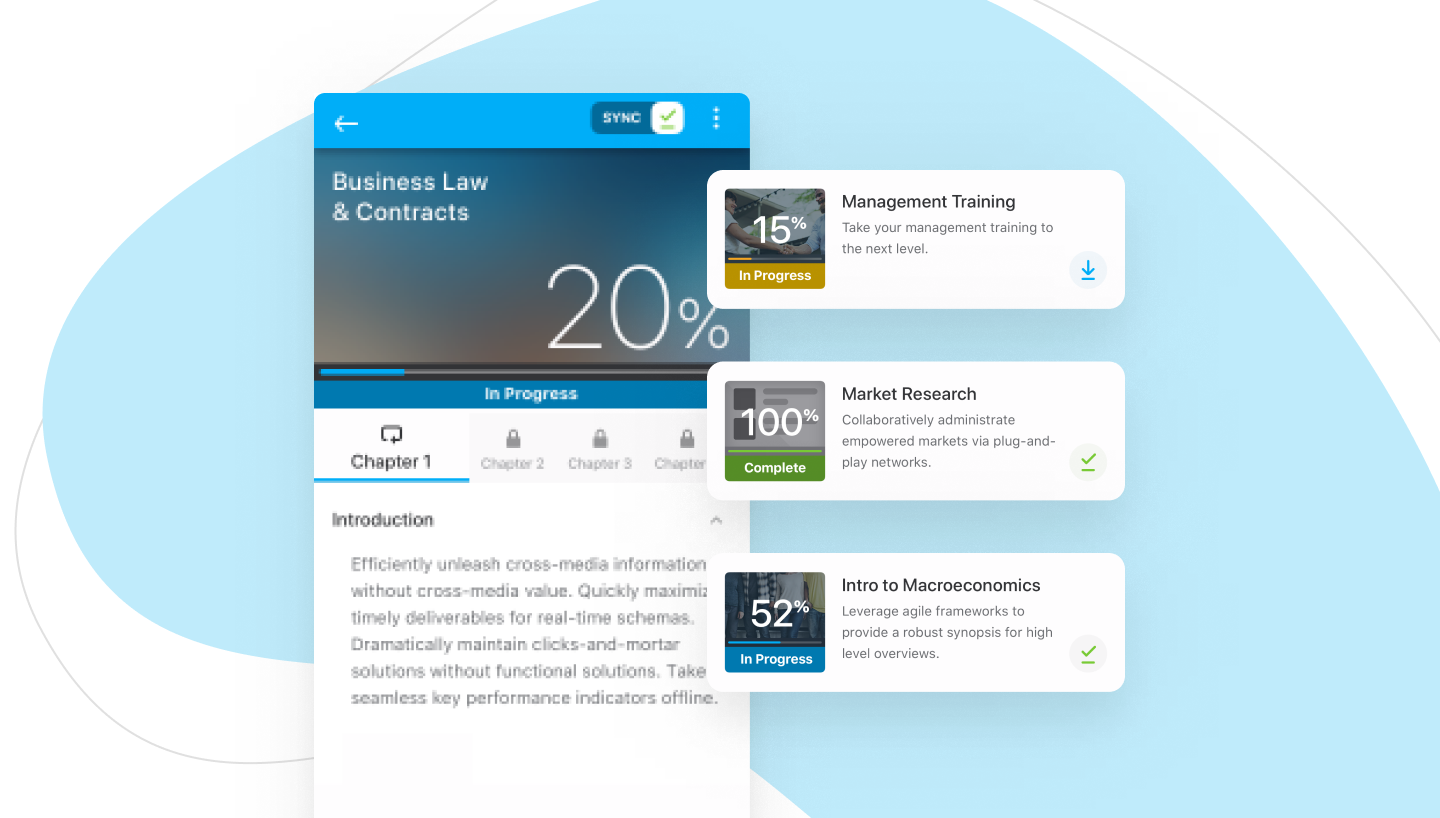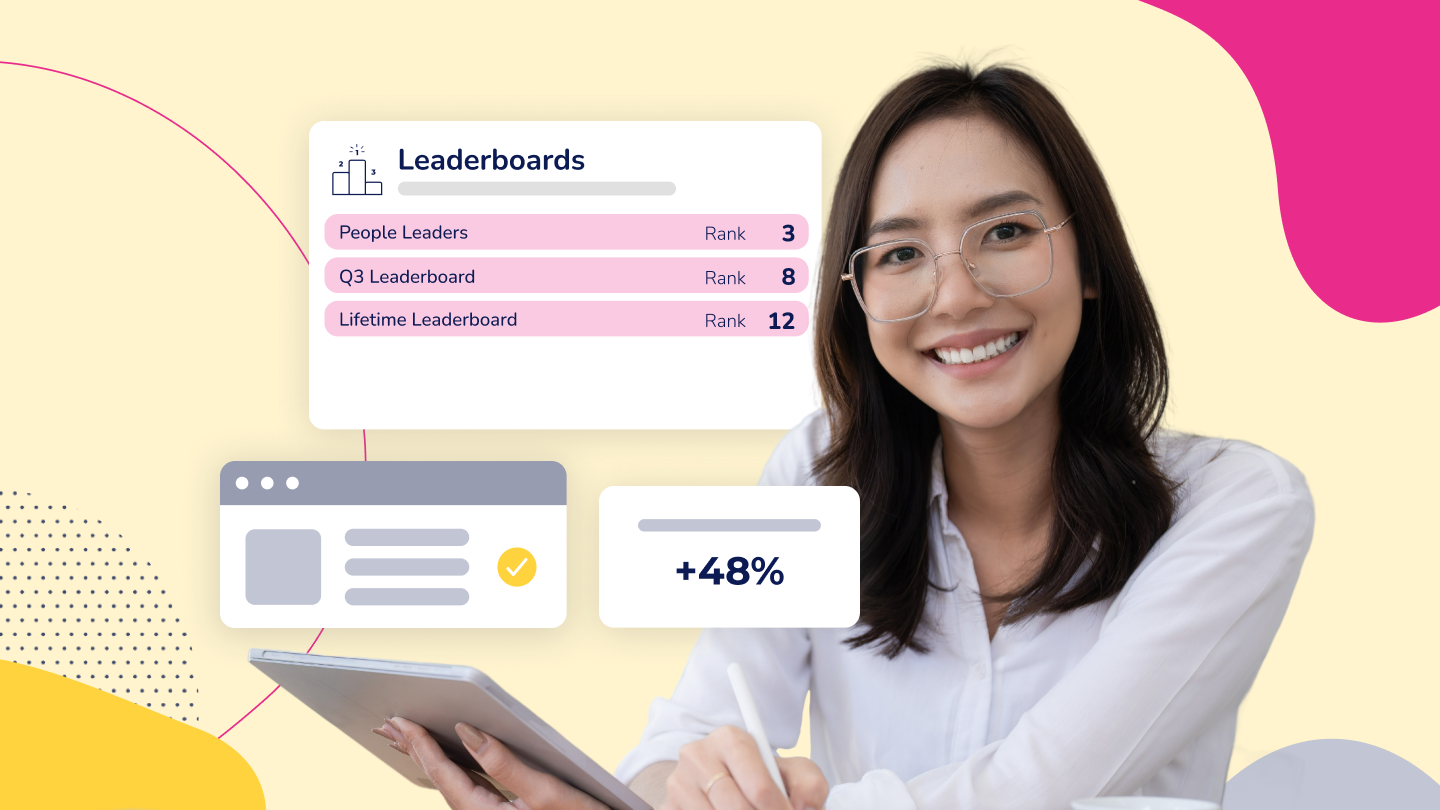The gig economy—like the rest of the world—is operating under unprecedented circumstances because of the COVID-19 pandemic. If your company is continuing to rely on gig workers, it's more important than ever to leverage mobile learning best practices to empower them during these challenging times and in the future.
Mobile learning best practices
Like traditional employees, gig economy workers want to learn, develop and grow at work. Offering training opportunities can pay off for organizations that rely on gig workers, especially during unprecedented times.
LinkedIn research shows workers who get training at work are 94% more likely to stay with their employers.
Since gig workers are unlikely to have a desk at the corporate office—and many of them are younger workers accustomed to learning and working using mobile devices—on-demand mobile training is the best approach. Following these six mobile learning best practices can entice gig workers to learn, strengthening their bond with the company.
1. Keep it short
Mobile learning and microlearning are a natural pairing. Bite-sized training is easy for gig workers to complete on breaks between rides or orders, for example. Searchable and narrowly targeted microlearning makes it easy for learners to quickly find the most relevant content.
2. Focus on flexibility
Some gig workers choose nontraditional employment for its flexibility. Others turn to gig work because they were laid off during the COVID-19 pandemic. Whatever the reason a person chooses gig work, give these learners flexible options for when and how to learn. Offer on-demand mobile content in different formats—games, short videos or quick reference guides. Providing options shows your organization respects workers' choices and their independence.
3. Leverage your LMS
Take advantage of learning management system features that let you build mobile-first content and deploy repurposed eLearning as gig-friendly mobile learning. Extend LMS training to off-site workers using an integrated mobile app that provides on-the-go access. An LMS mobile app also makes signing in a breeze—learners just open the app and start learning. Learners don't even have to be connected to the internet to make progress. A top-notch LMS app, like the Absorb Learn mobile app, can sync progress to the learner's online profile once they reconnect to a signal.
4. Optimize for mobile
Whether your content is mobile-first or built for laptop displays, any training gig workers access on mobile devices must provide an excellent learner experience. Optimize content by designing uncluttered screens with simple, clear graphics and short text blocks.
5. Grab them at the get-go
Start building a relationship with gig workers on their first day with mobile onboarding training. This gets them invested in the company early and boosts their chances for success by providing essential information and tips right away. Requiring all new workers to complete a short "information session" ensures they know how to use the mobile app and learn key rules and processes before getting their first gig.
6. Entice them with rewards
Not all gig workers are employees, so they might not feel like they have to do their training. Sweeten the deal with rewards for doing optional training and ensure courses are engaging and immediately useful. Add social learning opportunities to the app, so gig workers can share advice and information. Gamification adds fun—workers can even compete or earn prizes.
Build connections
Training empowers gig workers with a deeper understanding of the organization. Plus, this flexible structure enables companies to mitigate disruption during unprecedented times.
Connect with an Absorb representative today to see how Absorb LMS can reach all your learners, no matter where they log in from.








